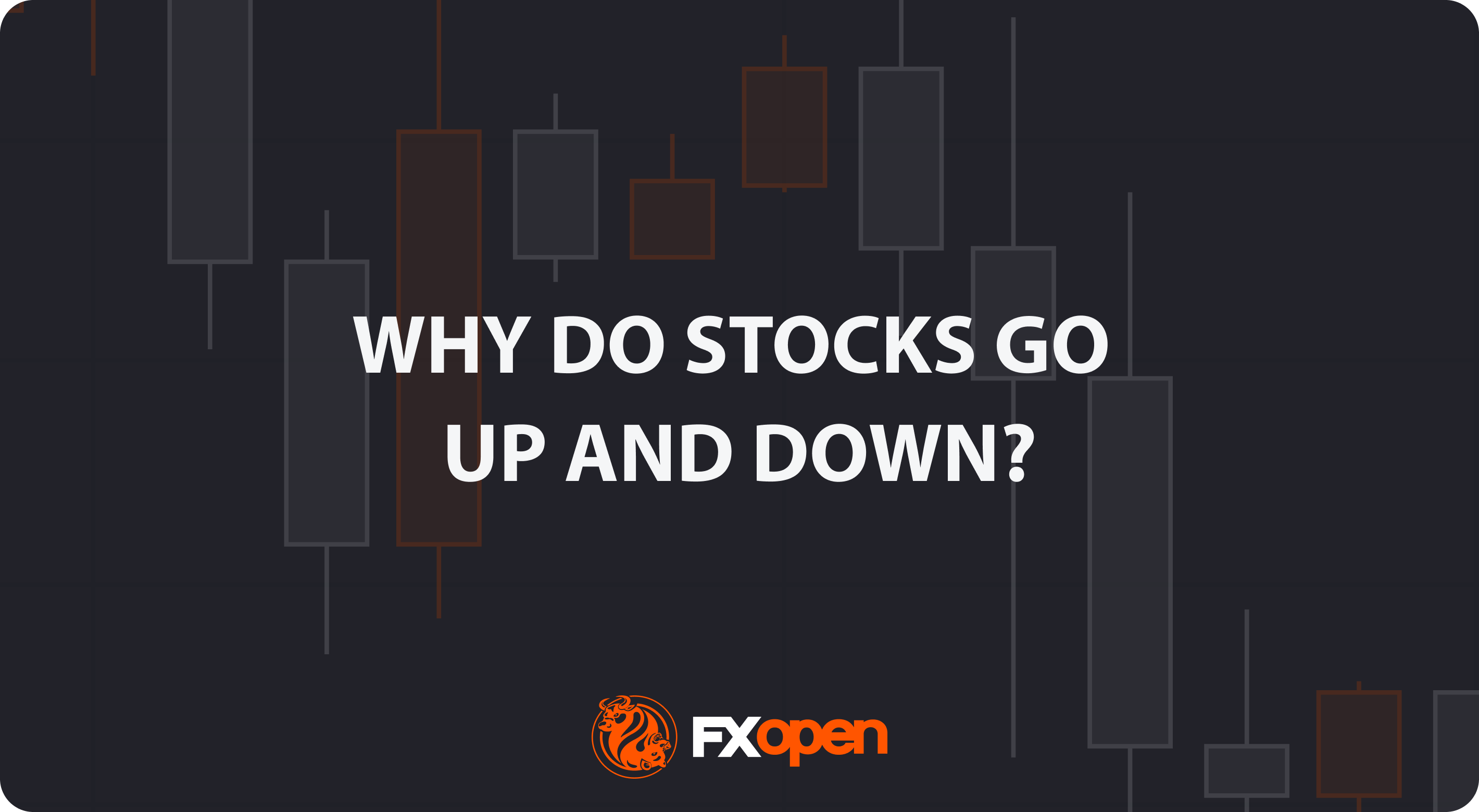FXOpen

On April 23, the quarterly report of PepsiCo's performance for the first quarter was published, which was awaited anxiously.
The issue stemmed from the fact that in December 2023, the U.S. Food and Drug Administration (FDA) announced the recall of over 40 Quaker Oats products – a company owned by PepsiCo – due to potential salmonella contamination. This led to a 22% decline in sales volume of Quaker Food products in the first quarter.
However, the report exceeded expectations:
→ Earnings per share: Actual = $1.61, Expected = $1.518;
→ Gross revenue: Actual = $18.25 billion, Expected = $18.08 billion.
By April 25, the stock price of PepsiCo (PEP) reached its yearly high, surpassing the $180 mark.
Then, this week, specifically May 13, the stock price of PepsiCo (PEP) hit a new yearly high, exceeding $181.

Technical analysis of the PEP stock chart shows that:
→ The price is moving within a long-term ascending channel (shown in blue);
→ Starting from March, the price is forming a short-term, steeper ascending channel (shown in green).
Thus, the price of PEP stock has risen by approximately 10% since the beginning of March. This may motivate shareholders to take profits. By the way, according to SEC Form 4 information, David Flavell, Vice President, General Counsel, and Secretary of PepsiCo, sold over 6,000 shares on May 10.
Therefore, it is plausible to assume that the PEP stock market is in a vulnerable position for a retracement, considering that resistance to further price growth in the short term could be:
→ The psychological level at $180;
→ The median line of the blue channel.
If a correction scenario unfolds, a decline to the lower boundary of the green channel cannot be ruled out.
According to TipRanks, analysts' average forecasted price for PEP stock is $190 within 12 months.
Buy and sell stocks of the world's biggest publicly-listed companies with CFDs on FXOpen’s trading platform. Open your FXOpen account now or learn more about trading share CFDs with FXOpen.
This article represents the opinion of the Companies operating under the FXOpen brand only. It is not to be construed as an offer, solicitation, or recommendation with respect to products and services provided by the Companies operating under the FXOpen brand, nor is it to be considered financial advice.
Stay ahead of the market!
Subscribe now to our mailing list and receive the latest market news and insights delivered directly to your inbox.








